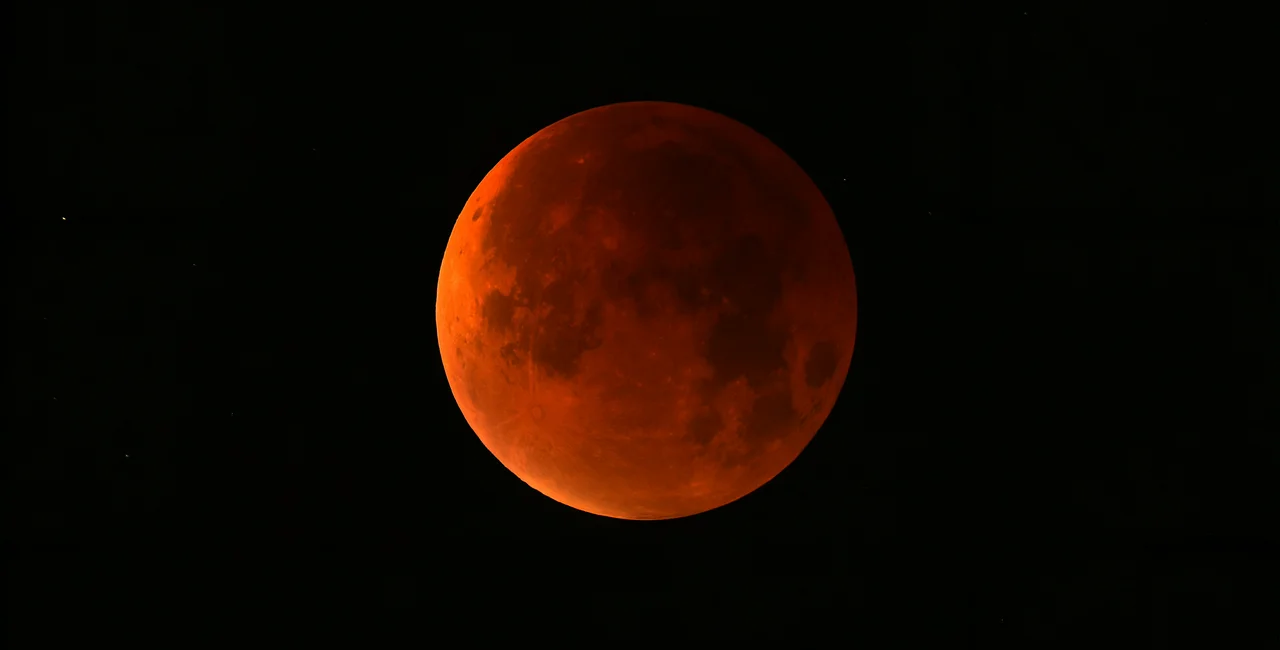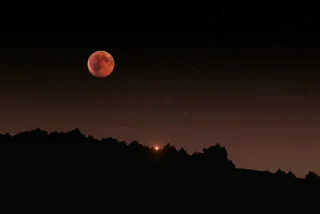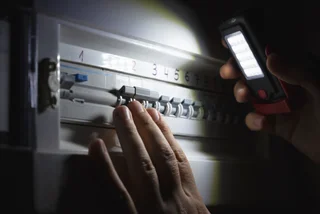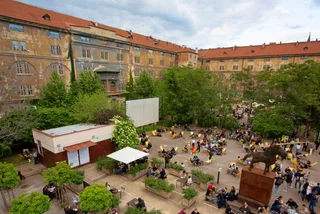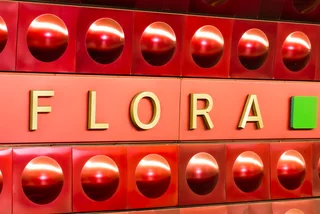People in Czechia will have a special opportunity on Sunday, Sept. 7, to witness a rare total lunar eclipse, the first in over six years, when the Moon will take on a vivid brick-red hue.
The eclipse begins at 7:30 p.m., but skywatchers in the Czech Republic will best see it starting around 8:30 p.m., when the fully eclipsed moon will appear low above the eastern horizon, according to a joint statement from the Institute of Physics of the Silesian University in Opava and the Czech Astronomical Society.
The total phase will last one hour, 22 minutes and six seconds, making it one of the longest eclipses of the decade. The eclipse will end at 9:56 p.m.
what is a lunar eclipse?
A lunar eclipse happens when the Earth moves between the Sun and the Moon, casting a shadow on the Moon; unlike a solar eclipse, where the Moon blocks the Sun’s light from reaching Earth. In a total lunar eclipse, the Moon is completely covered by Earth’s shadow and often looks reddish.
Astronomers advise people to look toward the eastern horizon shortly after moonrise. In Prague, the Moon will rise about four minutes after totality begins, which may make it harder to spot in the evening haze due to its dimmed brightness. Conditions will be more favorable in Slovakia, where the moon rises earlier.
🌒 ECLIPSE AT A GLANCE
- Eclipse begins: 7:30 p.m. (partial, low on eastern horizon)
- Totality begins: ~8:30 p.m.
- Totality duration: 1 hour, 22 minutes
- Eclipse ends: 9:56 p.m.
- Best viewing locations: Find open eastern-facing horizon; less haze, high elevation improves visibility
- Planets visible nearby: Saturn (naked eye), Neptune (small telescope)
“Even during a total eclipse, the Moon does not disappear from the sky,” astronomers explained. “Red wavelengths of sunlight refracted by the Earth’s atmosphere still reach the lunar surface, giving it its distinctive coppery color.” In addition to the eclipse, observers will also be able to see Saturn with the naked eye and Neptune through a small telescope, both appearing east of the eclipsed Moon.
PARTNER ARTICLE
Several observatories across the country are preparing special programs for the event. The Ostrava Planetarium and observatories in Prague’s Ďáblice, Ondřejov, Žebrák, Teplice, Slaný, and Opava will open their doors to the public, offering guided observations with telescopes.
The last total lunar eclipse visible from the Czech Republic occurred in January 2019. The next partial eclipse will be visible on Aug. 28, 2026, while the next total eclipse will fall on Dec. 31, 2028.
For those hoping to catch Sunday’s show, astronomers recommend finding a location with an unobstructed view of the eastern horizon just after sunset. A higher altitude is better.













 Reading time: 2 minutes
Reading time: 2 minutes 